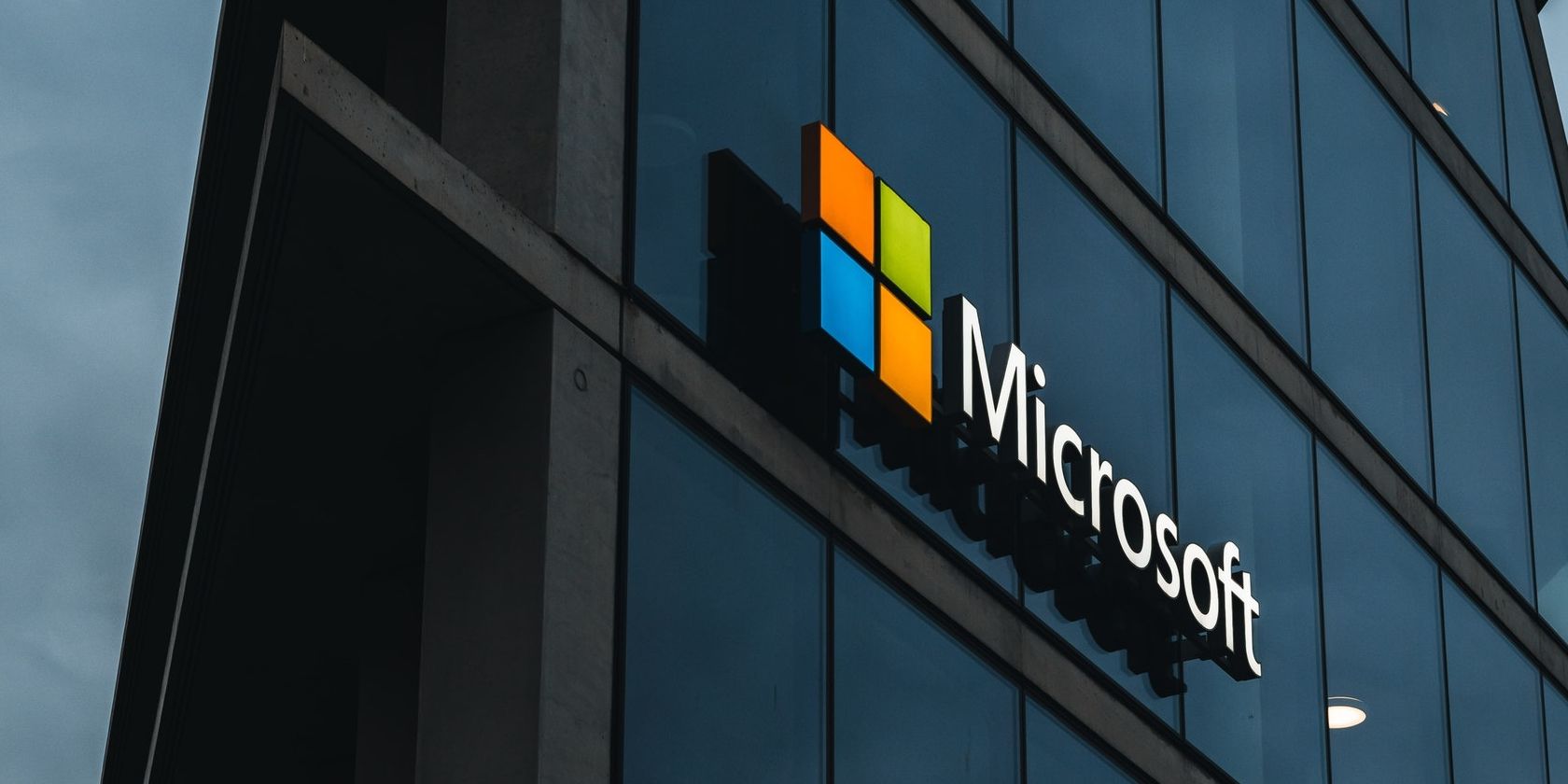As the year 2021 ticked over to 2022, Microsoft Exchange users received an unwelcome surprise. A date check failure within the software’s anti-malware engine caused emails to get stuck in transport queues indefinitely.
The bug affected Exchange Server 2016 and Exchange Server 2019, which meant that a large number of people and businesses felt the effects of Microsoft’s New Year’s mistake. The failure could’ve caused a lot of chaos, but the company was quick to remedy the issue. Let’s discuss Microsoft’s Y2K22 solution in more detail.
How Microsoft Fixed Its Nasty Y2K22 Bug
In a post on its Tech Community blog, Microsoft offers a couple of solutions to the Y2K22 problem. However, both fixes require you to do a bit of work on your end, and neither option is truly automatic.
The somewhat automated solution involves downloading a Windows PowerShell script and running it on the Exchange server that handles the anti-malware engine updates. You’ll need to complete the process for each server affected, which may be a little inconvenient for larger organizations. With that said, the manual solution is much more involved.
If you opt to fix the Y2K22 bug manually, you’ll need to remove some existing malware engine metadata and update to the latest version. While the process shouldn’t take too long to complete, repeating the procedure on multiple servers does get time-consuming. Therefore, Microsoft’s automated script could be your New Year’s savior.
How Did Microsoft’s Y2K22 Bug Happen?
At the end of New Year’s day, Microsoft’s epic failure didn’t cause too much damage. No nuclear reactors melted down; no missiles launched without authorization, and, as far as we know, no one was injured.
Sure, a few important messages became temporary casualties of the screw-up, but who wants to get emails on New Year’s Day, anyway? Microsoft’s mistake may have given some of us the brief reprieve we needed before 2022 really shows us what it’s capable of.

